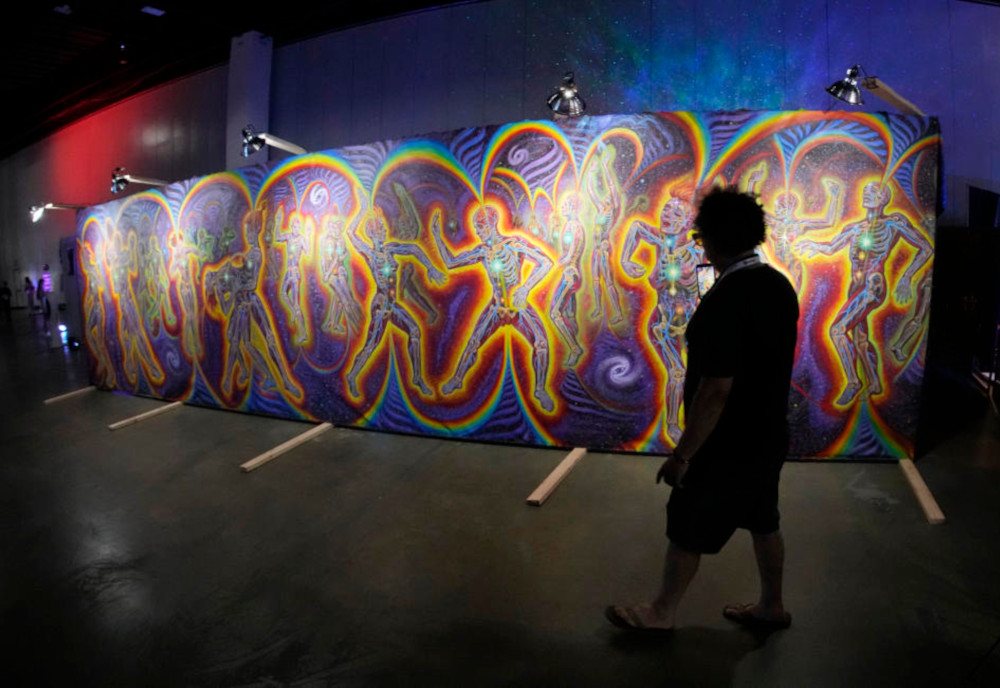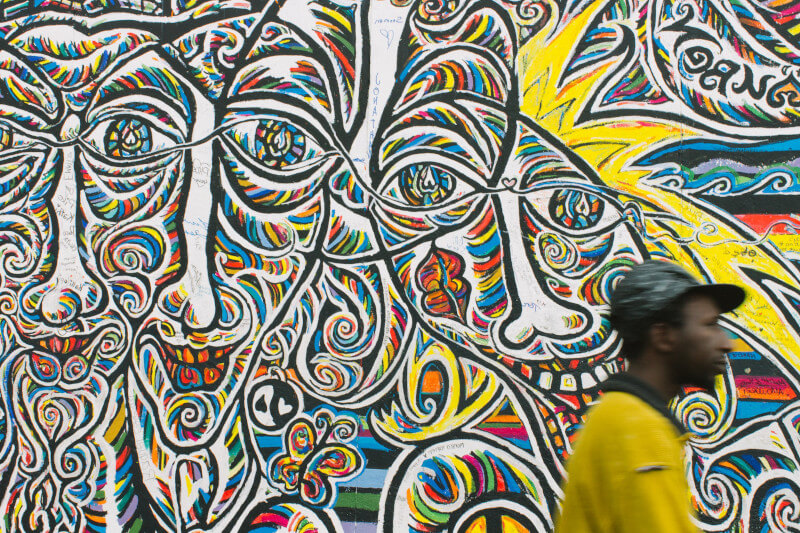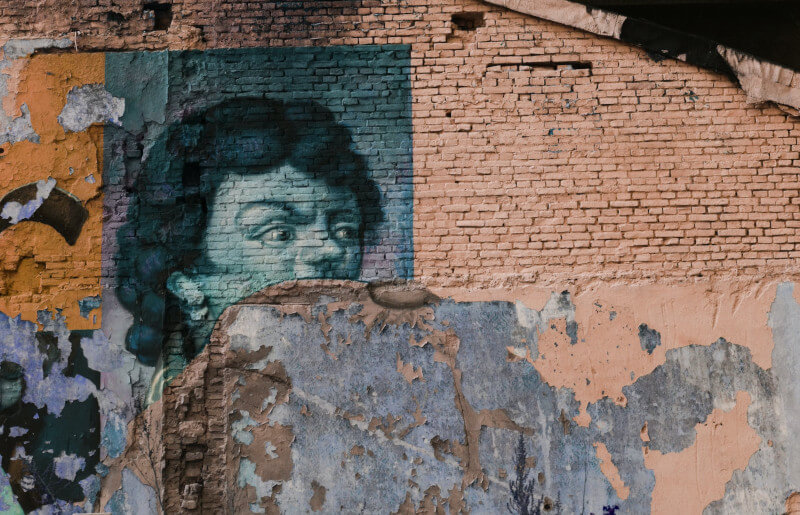Museums are a testament to the marvels of human creativity, showcasing history, art, and culture. But imagine grazing against a priceless artifact or taking a stumble that damages a renowned artwork? The Africa Nova team dives into the rare, yet real scenarios of such museum accidents.
Surprisingly, damaging museum art, whether intentional or not, doesn’t always come with grave consequences. Museums, understanding the unpredictability of human actions, generally have insurance in place for these unexpected incidents. So if you ever had a fleeting moment of horror imagining knocking over a centuries-old vase, rest easy – museum directors are human too. Accidents, they know, happen.
Let’s traverse the globe and recall Nick Flynn’s 2006 misstep at the Fitzwilliam Museum in Cambridge. A snagged shoelace led to a domino effect, toppling three Qing vases valued at a staggering £175,000. Though the vases, having weathered centuries, couldn’t survive Flynn’s fall, the museum’s response was rather measured. Rather than imposing a ban, Flynn received a polite letter suggesting he refrain from visiting for some time.
Moving east, in 2015, a Taiwanese boy made headlines when he accidentally damaged Paola Porpora’s 350-year-old painting, ‘Flowers’. The piece was valued at a jaw-dropping $1,500,000. The silver lining? The exhibition organizers were quick to absolve the young boy of any blame, choosing compassion over accusations.
Museums Generally Show Leniency Even in Cases of Perceived Negligence
Take the elderly couple who, out of sheer curiosity, dismantled a James Borden clock that had been an exhibit at the National Watch and Clock Museum for over twenty years. The museum chose understanding over outrage.
Yet, exceptions exist. One tourist’s attempt at a photo op with an 1890 Dom Sebastiao statue ended with the monument in ruins and a charge of public property destruction. There’s a stark difference between unintentional mishaps and carelessness.
Museum staff aren’t exempt either. At Bond Street’s auction house, a Lucian Freud painting valued at £100,000 found its untimely end in a trash compactor, courtesy of a mix-up by porters. In another incident, a cleaner mistook an art piece for trash and discarded Paul Branca’s $15,000 artwork.
While museums are generally forgiving of unintentional errors, deliberate vandalism is a different ball game. Deliberate damage can result in legal action and even incarceration.
But why, one wonders, are such invaluable pieces of art so accessible? Firstly, adding layers of protection like glass barriers or intensive security can be costly. More importantly, though, it compromises the intimate experience of art. It’s a delicate dance, ensuring artworks remain approachable while also being safeguarded.
Fun Facts
Toe-Tapping Trouble with David
Ever wondered why the iconic statue of David is encased in glass now? Well, you wouldn’t if you were around when Piero Cannata decided to play footsie with the statue! Back in the day, visitors could walk right up to David, getting close enough to count his nose hairs. But all that changed when Cannata took a hammer to David’s foot and chipped off one of his toes. Now, when you visit, you’ll notice David safely behind glass. Always remember, it takes just one toe-tapping incident to change museum rules!
When Good Intentions Go Awry
Picture this: you’re a cleaner and come across a fishbowl signed by Orson Welles. It looks grubby, so naturally, you give it a thorough scrub, right? Well, that’s precisely what happened to Glenn Beck’s signed fishbowl. The cleaner, aiming to shine up the “dirty” bowl, accidentally scrubbed off the signature! But hey, next time you’re about to clean something at a museum or art gallery, take a second look. You might be washing away more than just dirt.
Costly Elbow Bumps and Art
Imagine being so engrossed in showing off your Picasso artwork that you accidentally elbow it, causing damage worth millions. Sounds unlikely? Well, casino mogul Steve Wynn did just that! And here’s a shocker: even if you’re the owner and you damage your art, insurance might still come to your rescue. Wynn’s insurance did cover the damage after a legal tussle. So, the next time you accidentally spill coffee on your precious art (or Picasso), check your insurance policy. You might just end up selling it for more!
Trash or Treasure? The Art of Garbage
Ever looked at modern art and thought, “I could’ve made that”? You’re not alone. But be cautious before you throw anything away in a museum! Avant-garde artists like Damien Hirst are making art from what seems like trash. One janitor, Mr. Asare, mistook Hirst’s artfully arranged trash as leftover party debris and tossed it! If you ever find yourself looking at a heap of garbage in a museum, ponder a bit before cleaning it up. Today’s trash could very well be tomorrow’s masterpiece!
Ever Happen To You? Dont Worry There Are Others Who Are In The Same Boat
The Great Cape Town Cake Catastrophe
Ever heard about the time a museum-goer mistook an art piece for a buffet? At a contemporary art exhibit in Cape Town, an artist created what looked like a perfect replica of a traditional South African melktert (milk tart). However, things took a turn when a hungry visitor, thinking it was part of a catering setup, took a big slice. The artist didn’t know whether to be offended or flattered by the unintended compliment!
Johannesburg’s “Touch and Tell” Incident
An interactive art installation asked visitors to “feel” the art. But one overly enthusiastic art lover got the wrong idea. Instead of lightly touching the fabric-based artwork, they ended up unraveling a piece of it, thinking it was one of those “unravel as you walk” experiences. The artist wasn’t pleased, but the visitor’s embarrassed expression became its own unforgettable exhibit that day.
Durban’s Dancing Disaster
At a Durban museum, a lively school group was so inspired by an exhibit showcasing traditional Zulu dance that they decided to give it a try right then and there. Unfortunately, their vibrant reenactment led to a toppled display case and a few scattered artifacts. The teacher’s frantic attempt to restore order added to the comedy of errors. The museum later added a sign: “Dance in your hearts, not the halls.”
Pretoria’s Paint Prank
In Pretoria’s esteemed art gallery, a mischievous teenager thought it’d be funny to put a pair of 3D glasses next to a modern abstract painting with a sign saying, “For a better view.” Visitors spent hours squinting through them, tilting their heads, trying to “see” the hidden image. When the prank was revealed, most visitors laughed off the playful deception, and the glasses became a temporary unofficial exhibit.
Bloemfontein’s Bubble Wrap Blunder
A Bloemfontein museum once decided to showcase a piece which incorporated bubble wrap as a statement on modern consumerism. However, the irresistible urge to pop those bubbles meant the artwork looked (and sounded) different every passing hour. By the end of the week, it was more a piece on the human psyche’s irresistible urge to pop!




